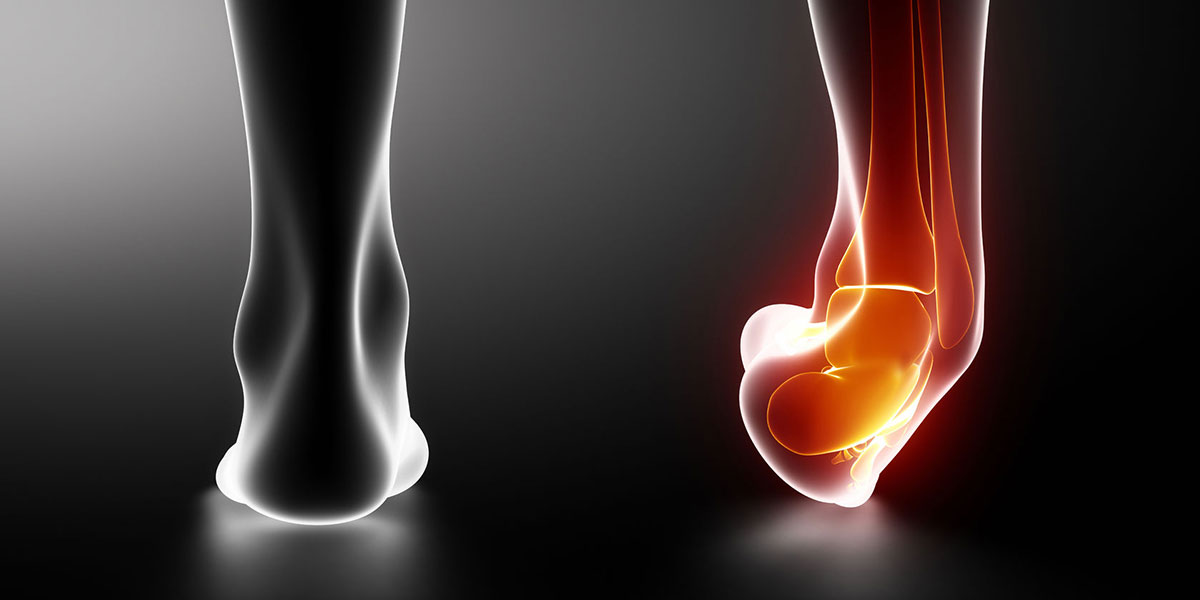What are the symptoms of sinus tarsi syndrome?
Sinus tarsi syndrome is a condition affecting the sinus tarsi, a small cavity on the outside of the ankle joint. Symptoms of sinus tarsi syndrome typically include:
- Pain: Located on the outer aspect of the ankle, often exacerbated by activity or weight-bearing.
- Swelling: Around the area of the sinus tarsi, which may become noticeable.
- Tenderness: Sensitivity to touch in the sinus tarsi region.
- Instability: A feeling of weakness or instability in the ankle, particularly when walking on uneven surfaces.
- Difficulty with movement: Problems with ankle range of motion, especially with activities that involve twisting or turning of the foot.
- Stiffness: In the ankle joint, which can limit movement and function.
These symptoms can develop gradually or suddenly and may be associated with previous ankle injuries or repetitive stress on the joint.
What are the causes of sinus tarsi syndrome?
Sinus tarsi syndrome is often caused by factors that lead to inflammation or irritation of the sinus tarsi area. Key causes include:
- Ankle Sprains: Frequent or severe ankle sprains can lead to damage or irritation in the sinus tarsi region.
- Repetitive Stress: Activities that place repeated stress on the ankle, such as running or jumping, can contribute to the development of the condition.
- Foot Abnormalities: Structural issues, such as flat feet or high arches, can alter foot mechanics and increase stress on the sinus tarsi.
- Injuries: Direct trauma to the ankle or foot, including fractures or other injuries, may affect the sinus tarsi.
- Inflammatory Conditions: Conditions like arthritis or tendinitis can cause inflammation around the sinus tarsi, leading to symptoms.
- Overuse: Prolonged periods of physical activity without adequate rest can strain the ankle and result in sinus tarsi syndrome.
These factors can cause inflammation, pain, and instability in the sinus tarsi area, leading to the characteristic symptoms of the syndrome.
What is the treatment for sinus tarsi syndrome?
The treatment for sinus tarsi syndrome typically involves a combination of methods to reduce pain, inflammation, and improve function. Approaches include:
- Rest: Avoiding activities that exacerbate symptoms helps reduce inflammation and allows the area to heal.
- Ice Therapy: Applying ice to the affected area can help decrease swelling and relieve pain.
- Compression: Using an elastic bandage or compression wrap can provide support and reduce swelling.
- Elevation: Keeping the foot elevated helps reduce swelling and improves circulation.
- Nonsteroidal Anti-Inflammatory Drugs (NSAIDs): Over-the-counter medications like ibuprofen or naproxen can help alleviate pain and inflammation.
- Physical Therapy: Exercises and stretches can strengthen the muscles around the ankle and improve flexibility, which may alleviate symptoms.
- Orthotics: Custom or over-the-counter orthotic inserts can correct foot alignment and reduce stress on the sinus tarsi.
- Footwear Modifications: Wearing supportive and properly fitting shoes can help prevent further strain on the sinus tarsi.
- Ankle Bracing: Using an ankle brace can provide stability and prevent further injury.
- Injections: In some cases, corticosteroid injections may be used to reduce inflammation and pain.
- Surgery: If conservative treatments are ineffective, surgical intervention may be considered to address underlying structural issues or to relieve pressure in the sinus tarsi.
Treatment plans are often tailored to the individual’s specific needs and the severity of their symptoms.

Leave a Reply
You must be logged in to post a comment.